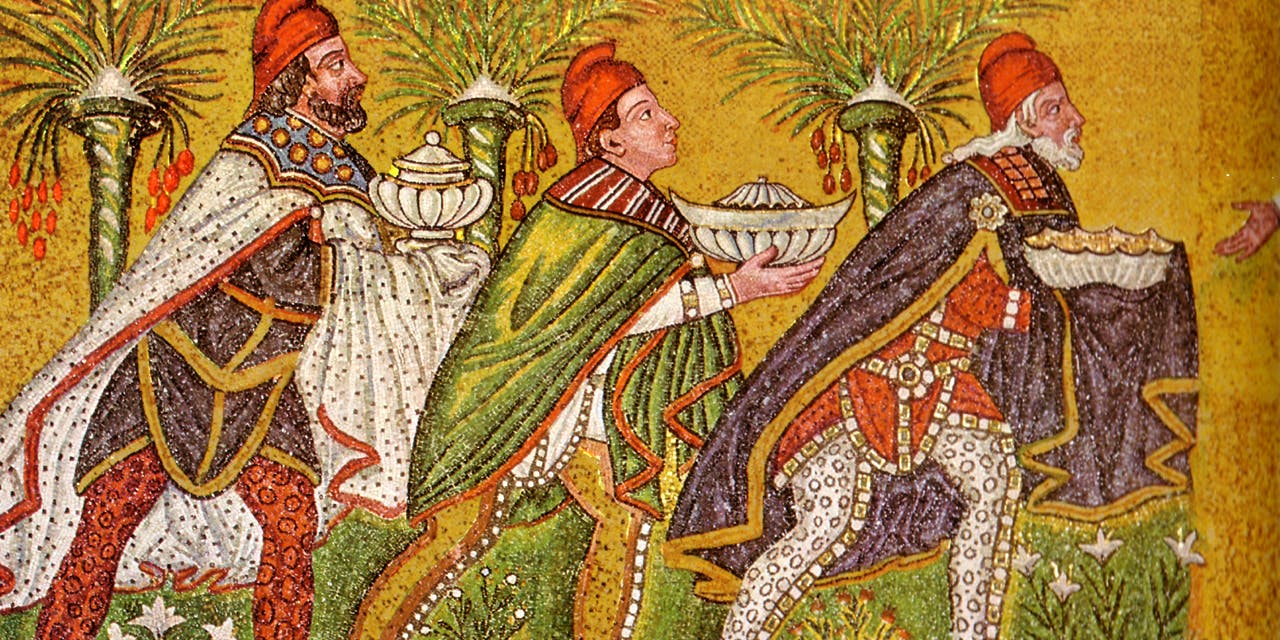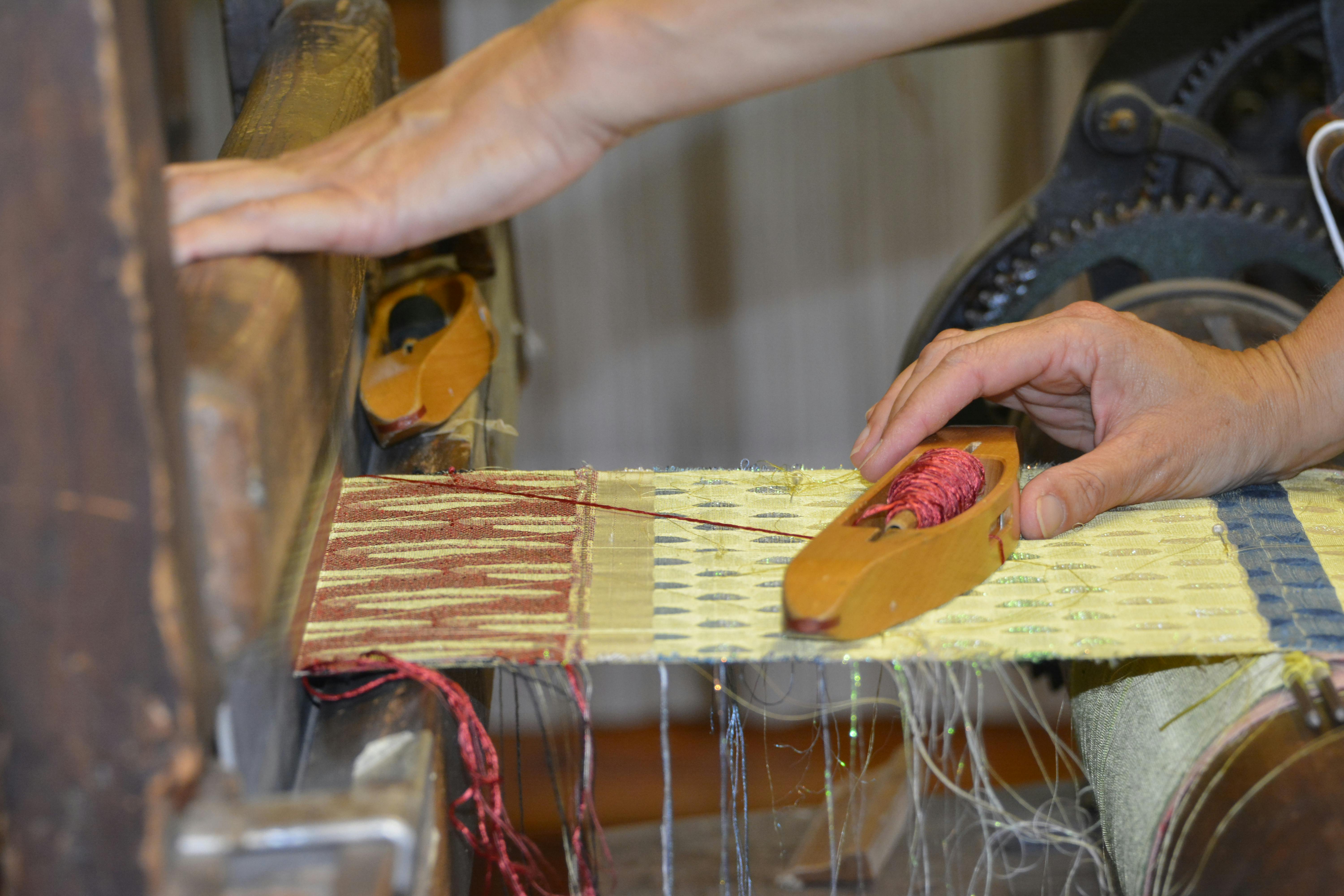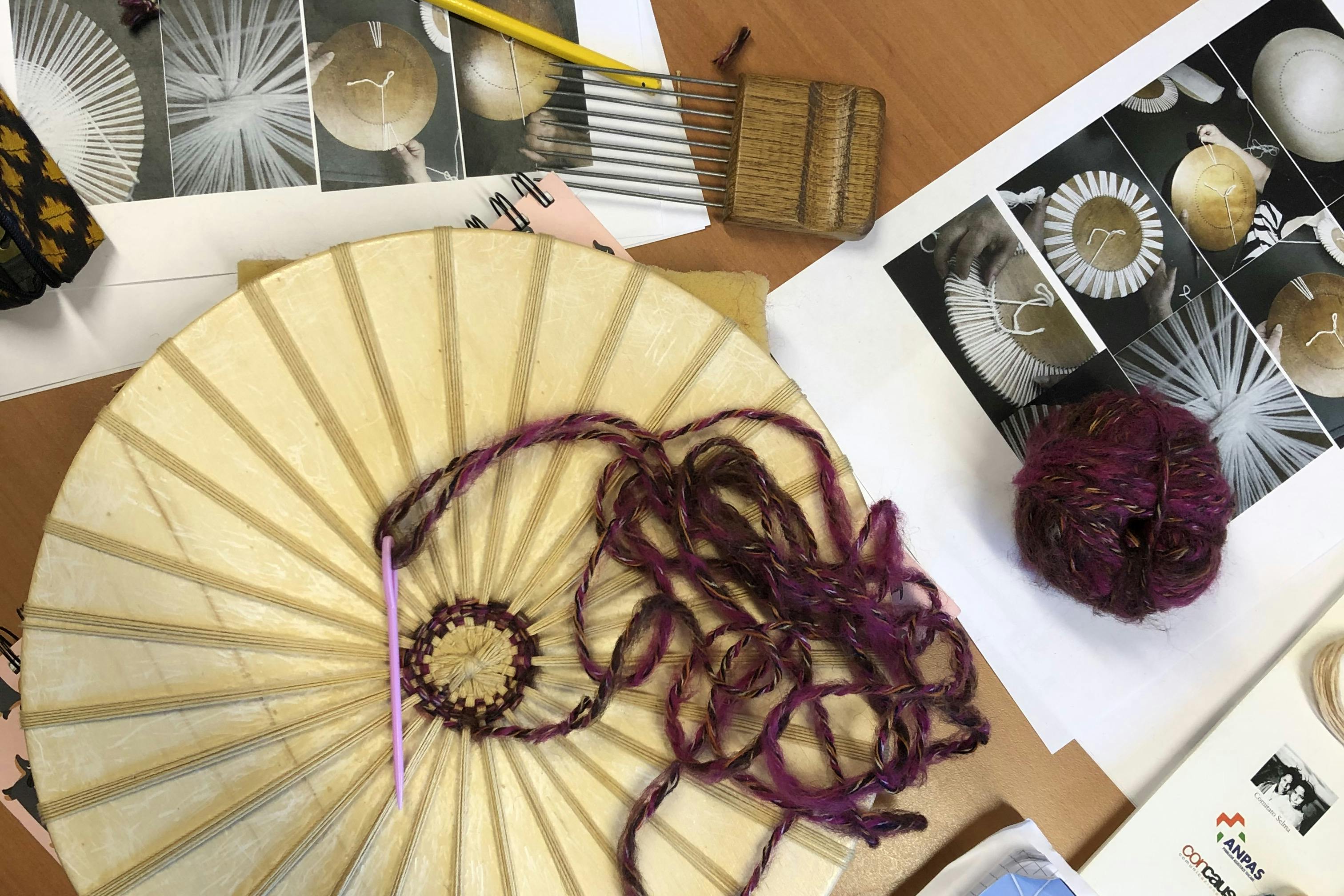
History of Costume and Fashion 1: Evolution from the Middle Ages to the Renaissance
Wednesday October, 14 | from 2pm to 5pm
Wednesday October, 21 | from 9.30 am to 12.30 pm
Wednesday October, 28 | from 2pm to 5pm
Wednesday November, 4 | from 2pm to 5pm
course length: 12 hours
total cost: € 240,00 taxes included
Online Course training.
The course will be held in Italian.
History of Costume and Fashion 1: Evolution from the Middle Ages to the Renaissance
Teacher: Alessio Francesco Palmieri Marinoni - Corso singolo da "Sartoria Storica e per la Scena".
The course traces the evolution of the various types of clothing in use from ancient times through the Renaissance and focuses, besides on the stylistic peculiarities of each era, on the specific uses to which wool, leathers and silk were put and the significance acquired by each material over history.
Selections from literary sources are analysed and readings of iconographic sources are proposed.
The course topics, lesson by lesson:
Wednesday October, 14 | from 2pm to 5pm
‘Domum servavit, lanam fecit’. The symbolic evolution of the wool garment from antiquity through the Renaissance
Wool may be considered to all effects one of the fibres which has enjoyed the greatest consideration throughout the history of clothing. Over the centuries, wool has acquired numerous symbolic, ethical-moral and political attributes which led to regulation of production and, consequently, of the garments made using it at different times in history.
Wednesday October, 21 | from 9.30 am to 12.30 pm
‘If you would win the Golden Fleece’. Hides and leathers from ancient times through the 15th century
Animal hides and leathers were the stuff of the first garments worn by man. Since the very beginning, precious leathers and fleeces were status symbols attesting to the social standing of their wearers and their roles within the social hierarchies of their communities.
Wednesday October, 28 | from 2pm to 5pm
‘Today, you are clothed by silk and love’. Dressing the ‘forbidden’
On the vast panorama of the history of clothing, silk is the fibre – and fabric – which since antiquity has been the most coveted by men and women alike. While Rome actively prohibited the wearing of silk garments by men, in Byzantine fashion the fibre came into its own and achieved its highest expression. The medieval sumptuary laws established permissible uses and lengths; later in history, the allure, the sheen and the feel lent to fabrics by the fibre suggested creation of particular styles of clothing.
Wednesday November, 4 | from 2pm to 5pm
‘Barbarians’. Otherness and the fear of strangers’ clothing
Garments, accessories and more or less showy sartorial details have always been markers used by society to identify individuals not belonging to its original nucleus. But the attention given to distinguishing the ‘other’ also introduced elements that enriched the clothing styles of various groups within society. Many such items carried over from antiquity until becoming, by the 1300s, true distinctive aspects of the highest social classes.
How to enroll for History of Costume and Fashion 1: Evolution from the Middle Ages to the Renaissance
Faculties


